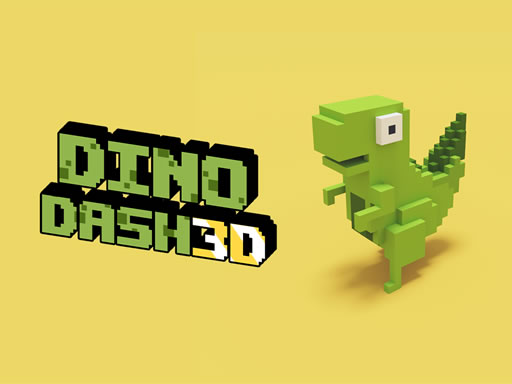The "jump game" problem is a common algorithmic problem often encountered in computer science and programming. Here's a detailed introduction:
1. General description
In a typical jump game scenario, you are given an array of non-negative integers. Each element in the array represents the maximum number of steps you can jump from that position. The goal is usually to determine whether it is possible to reach a certain target position (often the last index of the array) starting from the first position, or to find the minimum number of jumps required to reach the target position.
For example, given the array [2, 3, 1, 1, 4], starting from the first position with a value of 2, you can jump at most 2 steps. From the second position (with a value of 3), you can jump at most 3 steps, and so on. You need to figure out if you can reach the end of the array and, if so, how many jumps it takes.
2. Variations
Reachability: One variation focuses on simply determining whether it's possible to reach the last index of the array. You start at the first index and at each position, you can move up to the number of steps indicated by the value at that position. If you can find a sequence of jumps that gets you to the end of the array, the answer is "yes"; otherwise, it's "no".
Minimum number of jumps: Another common variation requires you to calculate the minimum number of jumps needed to reach the last index. This involves exploring different jump strategies and keeping track of the fewest number of jumps that will take you to the end.
3. Solution approaches
Greedy algorithm: This is a common approach for solving jump game problems. The basic idea is to always look for the farthest position you can reach from the current position. You keep track of the maximum reachable index at each step. As long as your current position is within the reachable range and you can update the reachable range further, it's possible to reach the end. For the minimum number of jumps problem, you increment the jump count whenever you need to move to a position that is beyond the current reachable range.
Dynamic programming: You can also solve jump game problems using dynamic programming. In this approach, you create an array to store the minimum number of jumps required to reach each position in the original array. You start from the first position and calculate the minimum number of jumps for each subsequent position based on the values of previous positions and the jump distances available at those positions.
These problems are useful for testing skills in algorithm design, array manipulation, and understanding different algorithmic techniques such as greedy algorithms and dynamic programming.
For more Only Up!, you can visit this address:https://only-up.org/















